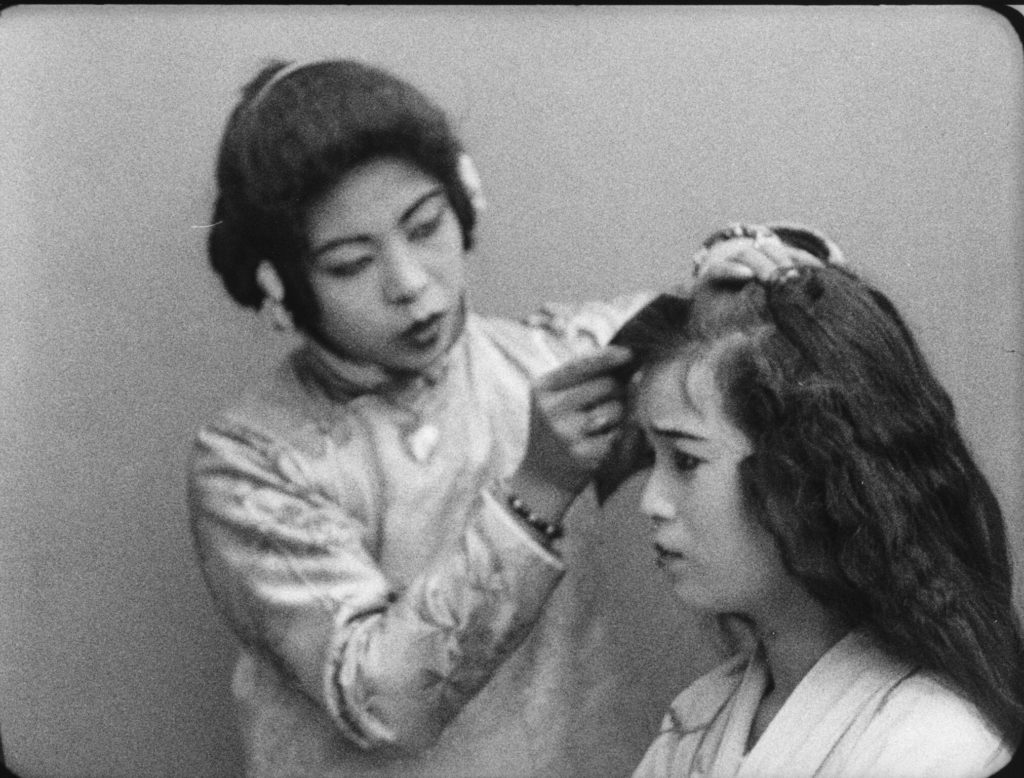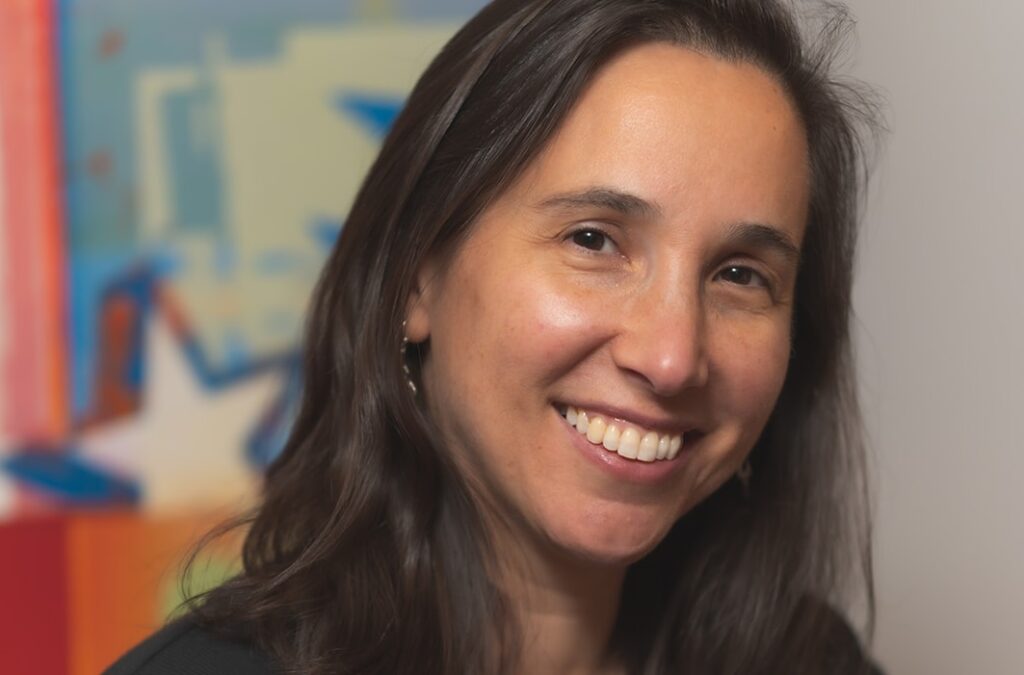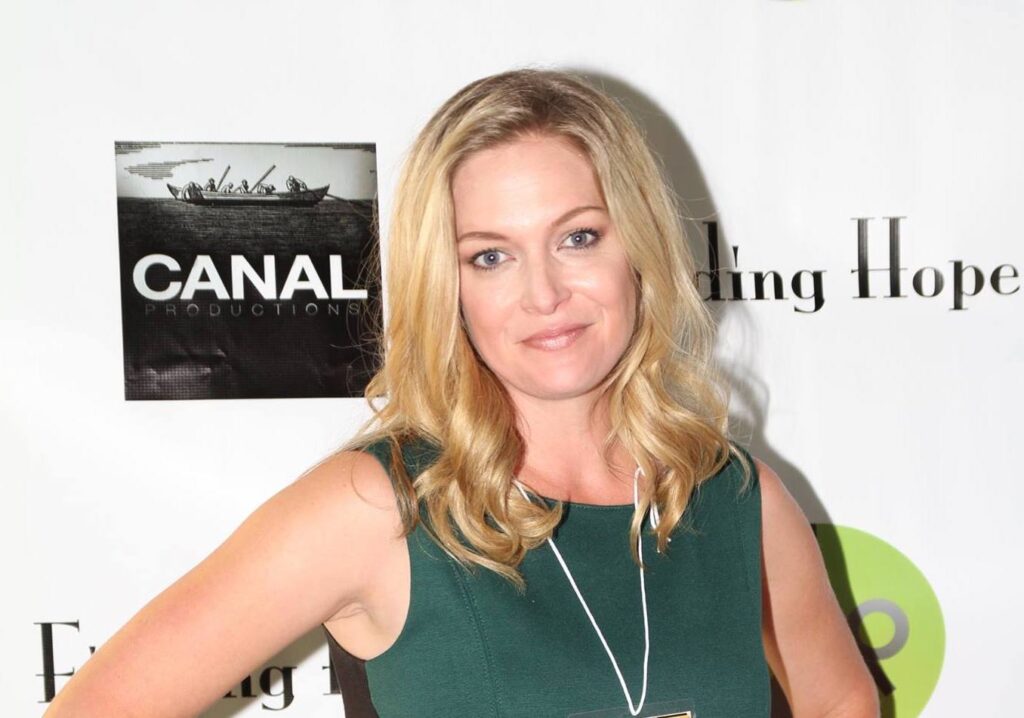Guest Post by Shelley Stamp
“Why haven’t I heard about this history?!” That’s what people ask when I tell them about the “Pioneers: First Women Filmmakers” collection I curated for Kino Lorber. It’s the most frequent response I get to the project. “I went to film school,” they say. “I consider myself knowledgeable about film history,” they insist. “Why don’t I know about these early female filmmakers?”
There is, of course, a reasonably straightforward answer: you don’t know about this history because we live in a patriarchal culture where the accomplishments of women — in many fields, including filmmaking — are marginalized, sidelined, and ignored. But there’s a more complex answer as well.
Hollywood has been deeply invested in telling a story about itself that privileges male visionaries and artists. This has been going on for a long, long time. When the first histories of Hollywood were written in the late 1920s and early 1930s, women were remembered only as stars. Their accomplishments on-screen were recognized, but not the incredible work they had done behind the scenes as directors, screenwriters, editors, and producers.
Moviemaking in its first years had been enormously open to newcomers – and many women with backgrounds in writing or theater joined the fledgling industry. Once there, they found it easy to move between creative roles – writing, performing, directing, editing – all of which were less rigidly defined in those early days. But when moviemaking became a profitable industry and power began to consolidate in the hands of a few mighty studios in the early 1920s, many woman-owned companies collapsed and women found it increasingly difficult to secure directing work in the studios.
In her 2006 book “Women Filmmakers in Early Hollywood,” historian Karen Ward Mahar points out that when the studios financed this expansion with money borrowed from Wall Street, they also borrowed a masculine corporate culture that sidelined women. So by the late 1920s reporters were suggesting – erroneously – that “no one can remember” any female filmmakers working in Hollywood or that Lois Weber had been “the only one anyone can remember,” marking her position as an anomaly, the exception that broke the rule. This pattern continued in the first histories written about the industry – and persists today, frankly, where female filmmakers continue to be marked as anomalies and pundits continue to express surprise that their films do well at the box office. These fictions have a long tail, in other words.
So beneath the question “Why do I not know this history?” lurk other questions, even more complex and profound: What have been the consequences of forgetting about the women who pioneered filmmaking in the early years of the 20th century? What have we lost in the ensuing 100 years by not remembering this work?
The “First Women Filmmakers” collection includes 2K and 4K restorations of more than 50 films, many of which have never been released on disc. We worked with the Library of Congress and other archival partners to restore the prints and commissioned new scores. What the collection shows us is that pioneering female filmmakers worked in every genre. They made comedies, westerns, melodramas, and action films – often re-working those formulas to foreground female protagonists and women’s experience.
Alice Guy Blaché and Ruth Ann Baldwin re-made the western in films like “Two Little Rangers,” “Algie the Miner,” and “’49-‘17.” Mabel Normand, directing Charlie Chaplin in some of his very first screen appearances as The Tramp, complicated slapstick’s physicality with her parodies of gender norms and heterosexual dating customs. In “Suspense,” Weber took on the well-known last-minute rescue scenario, most-associated with her contemporary D.W. Griffith, and delivered a virtuoso performance, the film’s generic title alerting viewers to the way it plays with the familiar formula. In serials like “The Hazards of Helen” and “The Purple Mask,” Grace Cunard and Helen Holmes put to rest any debate about whether women ought to direct action films. “If I want really thrilly action,” Holmes said, “I write it myself.”
The early female filmmakers made every conceivable type of film – popular features, amateur films, avant-garde films, educational films, and ethnographic films. They tackled key issues of the day – racism, poverty, prostitution, sexual assault, motherhood, marriage, the work place, and birth control – sometimes with humor, other times with utter seriousness.
Women worked in a variety of contexts too – some at studios like Universal where the “Universal Women” released well over 100 titles in a five-year span. Others ran their own studios outside of Hollywood – Guy Blaché in Fort Lee, New Jersey, Nell Shipman in remote Priest Lake, Idaho, and Marion Wong, in Oakland, California, where she set up shop with the explicit purpose of countering Hollywood’s racist imagery and became the first Asian American to direct a feature film with an all-Asian-American cast.
By forgetting the extraordinary contributions that women made to early filmmaking, we have impoverished generations of female filmmakers who have been repeatedly told that filmmaking has always been a man’s realm, that they are an anomaly, that they must re-invent the wheel. Let’s hope this collection helps shift the narrative about women’s work in Hollywood – past, present, and future.
You can find more information about “Pioneers: First Women Filmmakers” and purchase it on Kino Lorber’s website.
Shelley Stamp is the award-winning author of “Lois Weber in Early Hollywood” and “Movie-Struck Girls.” She teaches film history at the University of California, Santa Cruz, where she currently holds the Presidential Chair. Follow her on Twitter @StampShelley.







